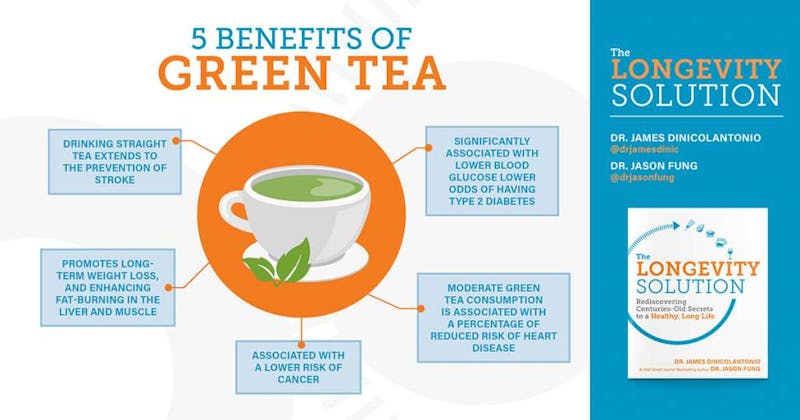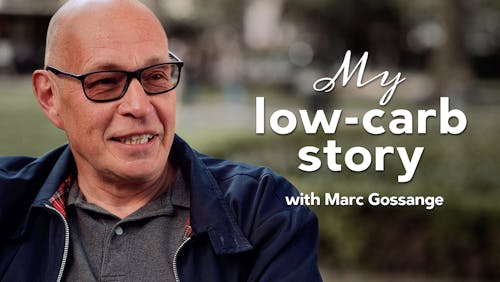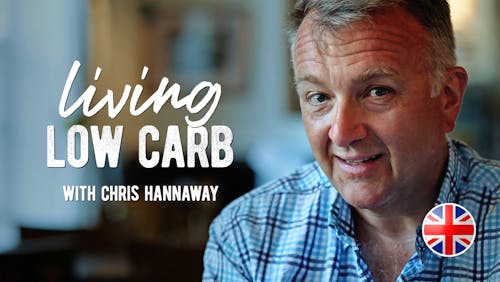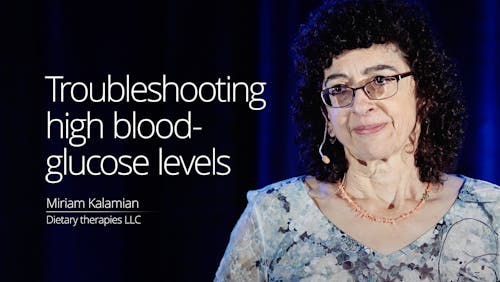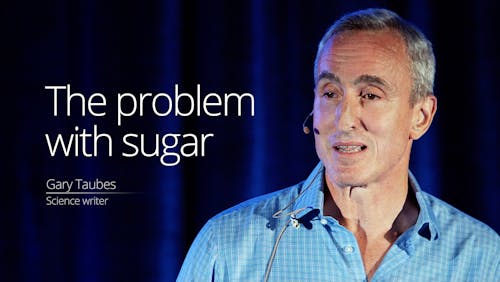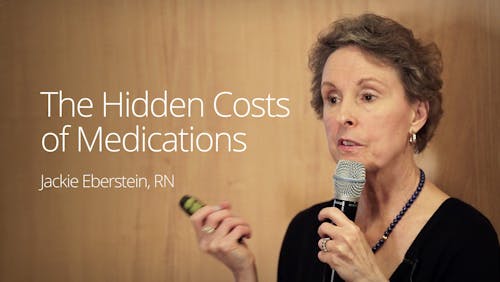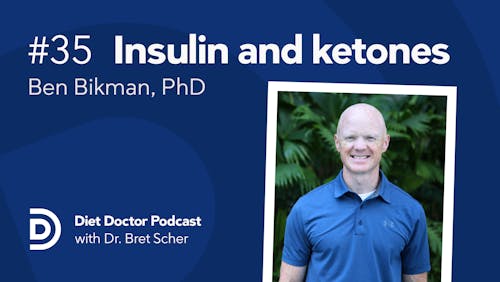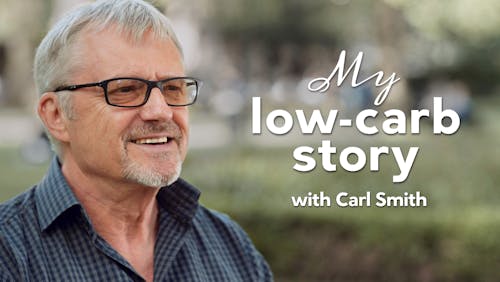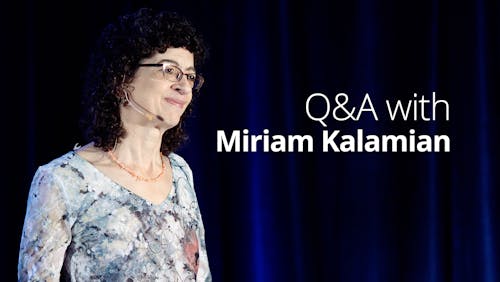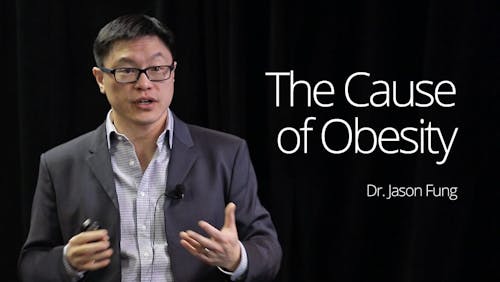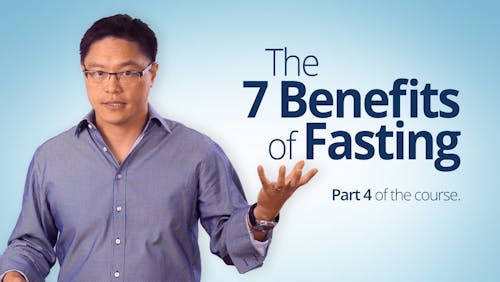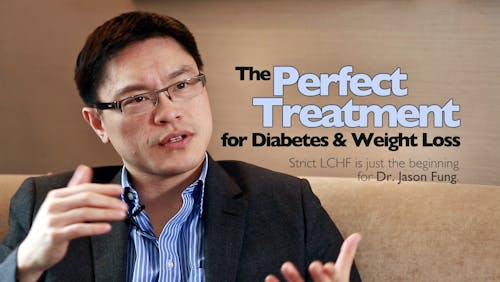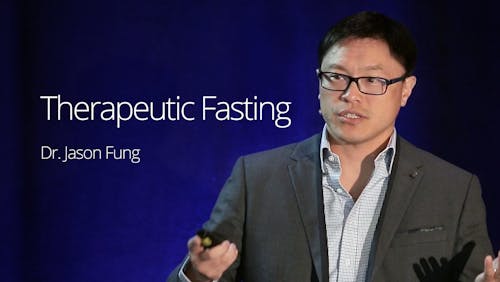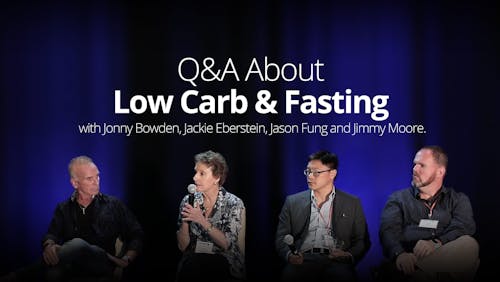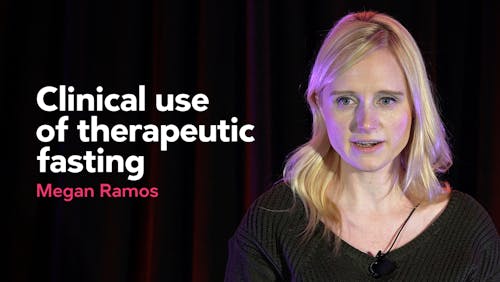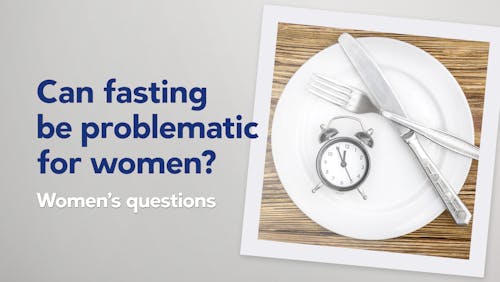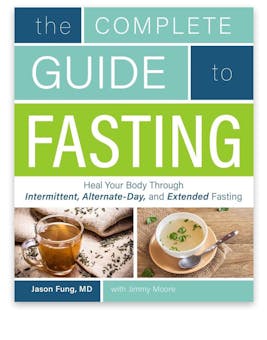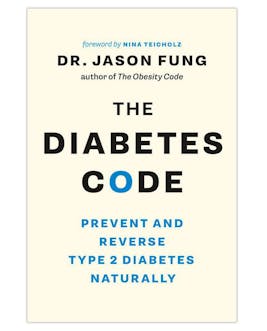Longevity lessons from the Blue and ‘unBlue’ Zones

In 2005, National Geographic writer Dan Buettner described certain areas of the world where people lived longer, healthier lives as “Blue Zones.” This includes:
- Okinawa, Japan
- Sardinia, Italy
- Loma Linda, California
- Nicoya Peninsula, Costa Rica
- Ikaria, Greece.
These people often smoke less, move more (and at a moderate level), and prioritize family and socializing above all else. Their diet is often, but not always, plant based, with a relatively low protein intake, especially from animals. This, by itself proves nothing as most of the world’s diets are plant based. It is instructive to look a little more closely at the diets of these longevity superstars to learn their secrets. You can read more about the science of longevity in The Longevity Solution.
Okinawa, Japan
Across the world, the average number of people who live to be over 100 years of age is only 6.2 per 100,000. According to their 2017 census, Japan boasted the world’s highest proportion at 34.85 per 100,000 population. But the tiny Japanese prefecture of Okinawa, in 1990 crushed even that number with an astounding 39.5 per 100,000. Okinawan men typically live to the age of 84, while the women average 90 years, despite being Japan’s poorest prefecture with the lowest number of physicians per capita. Further, they suffer small fractions of the rates of diseases that typically kill Westerners: 20% the rate of heart disease and breast and prostate cancer, and less than half the rate of Alzheimer’s disease. Tellingly, the diet in Okinawa changed significantly in recent years, becoming more Westernized and by year 2000, the Okinawan longevity advantage had largely vanished. Nevertheless, good data about the traditional diet of Okinawa can give us clues to their longevity.
The traditional diet of Okinawans was about 80% carbohydrates, consisting of sweet potatoes, vegetables, and some grains. Just after World War II, Okinawans got nearly 70% of their calories from low-protein, nutrient and fiber dense sweet potatoes alone. This is virtually the opposite of the Standard American Diet, low in nutrients (particularly potassium, magnesium, vitamin C, and carotenoids) and fiber. Along with the ubiquitous sweet potato, other vegetables and legumes made up about 10% of the diet, rice and other grains nearly 20%. In 1988, the daily intake of pulses (beans) was 30% above Japan’s national average, and the intake of green and yellow vegetables was 50% higher.
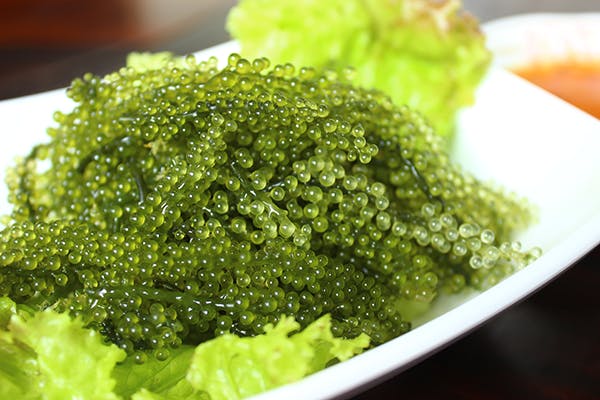


The traditional Okinawan diet contains some meat, particularly pork, along with plenty of plants. The oldest existing record of Japanese diets dates back to 1880 and shows that Okinawans got an astounding 93% of their calories from the sweet potato. They ate just under 40 grams of protein per day, which persisted at least until 1949. Meals consisted of sweet potato, miso soup and plenty of vegetables for breakfast, lunch and dinner. The Okinawan sweet potato ranges from red to deep yellow due to the high levels of anthocyanin. They are both very high in polyphenols and anti-oxidants. Okinawa, being a relatively isolated string of sub-tropical islands, has two growing seasons, which favored the production of sweet potatoes and fresh vegetables. Rice grew poorly, and was supplanted as the staple crop by the sweet potato in the 1600s.
Once a month, various festivals were held, where meat, particularly fish and pork, were consumed. Historically, meat and fish combined were just a paltry 1% of calories, and dairy products and eggs were rare. It was effectively a near-vegan diet, supplying only about 1,800 calories a day (compared to the 2,500 calories of the average American). Over time, meat consumption increased. In the coastal areas, fish was commonly eaten and pork was the other common meat. Pigs were ‘free range’ and generally ate leftover vegetables, rather than the grains fed to feedlot operations in the West. This results in a higher level of omega-3 fatty acids and lower levels of omega-6 PUFAs.
Sodium intake in the Okinawan diet is high, which is characteristic of all Japanese cuisine. This comes from the common use of soy sauce, miso, salted fish and pickled vegetables.
One unique facet of Okinawan cuisine is the high consumption of the seaweed konbu. While commonly used in Japanese cuisine for flavoring soups, the Okinawans eat large amounts of the seaweed directly. Konbu, grown in seawater, is high in fibre, minerals and the marine omega 3 fats EPA and DHA. The most popular drink is green tea and kohencha, a semi-fermented tea.
This low amount of protein was clearly not detrimental to their health or longevity. Their smaller stature and lower overall muscle mass means this data cannot be directly extrapolated to a muscular weight-lifting American, but it suggests that maybe we don’t need as much protein as we once thought, especially if we’re regularly physically active but not doing intense resistance exercise.
Meat intake rose steadily in the post-World War II years, and by 1988, surpassed the Japanese average. Meat intake averaged 90 grams per person per day with an equal amount of pulses. Thus, the Okinawans did well with both a very low protein diet and a relatively high protein diet. Most Western cultures have a daily meat intake of more than 200 grams per day. (Note – a gram of meat is not the same as a gram of protein as meat contains significant fat, depending upon the specific type of meat and cut).
There were other changes in the modern Okinawan diet, too. The intake of pulses and green and yellow vegetables declined to the national average. The percent of calories from fat rose above 30%. The most obvious group of residents that have westernized their diet are younger residents and young men. They tend to avoid the traditional champuru dish, made with meat (typically pork) or tofu stir fried with vegetables. They also eat less fish than older generations.
Okinawa, like most parts of Japan and East Asia drinks copious amounts of tea, particularly green. In Okinawa, green tea is often scented with jasmine flowers and turmeric in a tea they call shan-pien – loosely translated as ‘tea with a bit of scent’. The average Okinawan drinks at least 2 cups daily.
The Okinawans traditionally follow an ancient Confucian tradition they call ‘Hari Hachi Bu’. They deliberately stop eating when they are 80% full. This has the same effect as a methodical 20% calorie reduction. They deliberately don’t eat until they are full. They only eat until they are no longer hungry. This is a profound difference. Less obviously, Okinawans must practice what is now called ‘mindfulness eating’. This is because you must constantly think about whether you are full if you are going to practice Hari Hachi Bu.
There are some tips that make this deliberate calorie restriction easier. Remember that when you are eating, eat well. But when you are not eating, don’t eat. Never eat mindlessly. Don’t eat in front of the TV. Don’t eat and read. Don’t eat in front of the computer. Concentrate upon what you are eating and enjoy it. If you are no longer hungry, then stop.
Another important tip for Hari Hachi Bu is to eat slowly. Satiety signals in our stomachs take some time to register. If we eat until we are full, it is easy to overshoot. Think about the last time you went to a buffet dinner. As you were eating, everything was fine. But after 10 or 15 minutes later, as all the satiety signals start to hit, you feel too full, and maybe slightly nauseous.
Use smaller plates or dishes. This is simply a way to force yourself to deliberately get less food. We have a tendency, engrained into us since childhood, to eat everything on our plates. This happens whether it is a lot of food, or a little food. If we overfill our plates, we have a tendency to keep eating until we are finished, whether we are full or not. If we deliberately under-fill our plates instead, then we remove this temptation, and force ourselves to question whether we are still hungry before reaching for more food.
Unfortunately, the longevity advantage of Okinawans is quickly disappearing. After World War II, the beloved sweet potato started to be replaced with white bread and white rice. Younger Okinawans are now eating more American-style fast food than ever, and many have become overweight. Intake of meat intake increased and intake of green and yellow vegetables decreased. In fact, the obesity rate in the prefecture has become the highest in all of Japan. It is likely that the traditional Okinawan diet has played far more of a role in their long lives than anything in their lifestyle and environment.
So let’s see how Okinawa stacks up in terms of our longevity secrets:
- Calorie restriction/fasting – deliberate calorie restriction with Hari Hachi Bu
- mTOR – diets low in animal protein
- Tea/coffee/wine – Okinawans, like other Japanese, drink lots of tea
- Salt – generally high salt with miso and soy sauce
- Fat – fish is a staple of their diet, which is not high in fat, but low grains means a proper omega-6: omega-3 ratio. No vegetable oils.
The unBlue Zone – The Southern diet
In contrast to the healthy ‘Blue Zones’, certain diets in parts of the world are associated with increased risk of heart disease and decreased longevity. It is just as useful to look at these diets to learn what not to do. The best studied example comes from the southeastern area of the United States. The Reasons for Geographic and Racial Differences in Stroke (REGARDS) study followed over 17,000 adult participants over 5 years, looking at various dietary patterns, including a so-called ‘Southern diet’. The Southern pattern of eating was high in fried foods and added fats (mostly vegetable oils), eggs, organ meats, processed meats and sugar-sweetened beverages. Where most diet patterns studied were neutral on cardiovascular health, the Southern diet stood out as especially harmful to human health with a huge 56% increase in the risk of cardiovascular disease, 50% increase in kidney disease and 30% increase in stroke. There was more obesity, high blood pressure and type 2 diabetes in this group too.



The total amount of red meat in the Southern diet was not particularly high, but the amounts of processed meats were much off the charts. There is a huge difference between a rib-eye steak and a hot dog. The processing of meat allows the introduction of numerous chemicals and other additives (sugar, sweeteners, nitrates, phosphates, etc.) that may adversely impact health. In addition, the Southern dietary pattern contained large amounts of bread.
The Southern Diet is an example of a diet that does not promote longevity. There is no calorie restriction or fasting, but the high sugar intake means that insulin levels are high potentially leading to the excessive obesity rates common in the southeast United States. Indeed, the three most obese states in the United States in 2014 were Mississippi, West Virginia and Louisiana.
The relatively high American meat consumption means that mTOR is kept high. Instead of eating natural fats, there is a very high consumption of added fats, almost all of which are vegetable oils. Fried foods are commonly cooked in industrial seed oils due to their low cost and easy availability.
Longevity checklist:
- Calorie restriction/fasting – none. Usual American dietary advice is to eat more than three times per day
- mTOR – high in meats and processed meats
- Tea/coffee/wine – no specific emphasis on these beverages. Iced tea is consumed, but it’s very high in sugar
- Salt – high in salt, but mostly due to eating processed foods
- Fat – high in vegetable oils.
The Longevity Solution, which discusses the nutritional aspects of healthy aging will be released Feb 26, 2019.
Also published on idmprogram.com.
Dr. Fung’s top posts
Type 2 diabetes
Weight loss
Keto
Intermittent fasting
More with Dr. Fung
Dr. Fung has his own blog at idmprogram.com. He is also active on Twitter.
Dr. Fung’s books The Obesity Code, The Complete Guide to Fasting and The Diabetes Code are available on Amazon.
